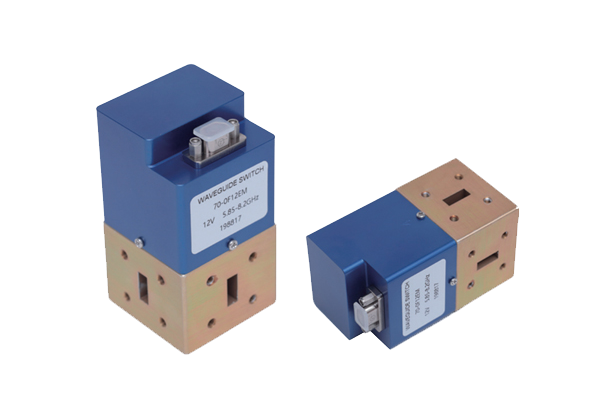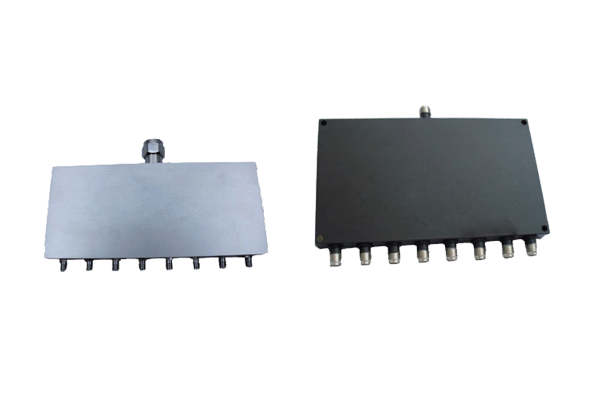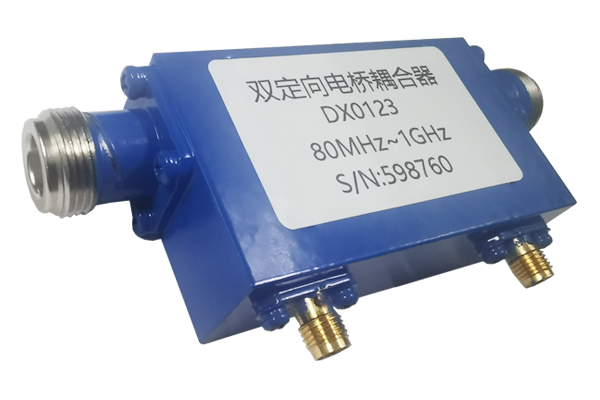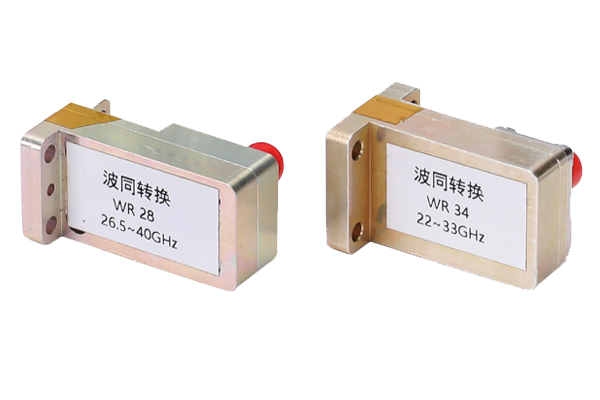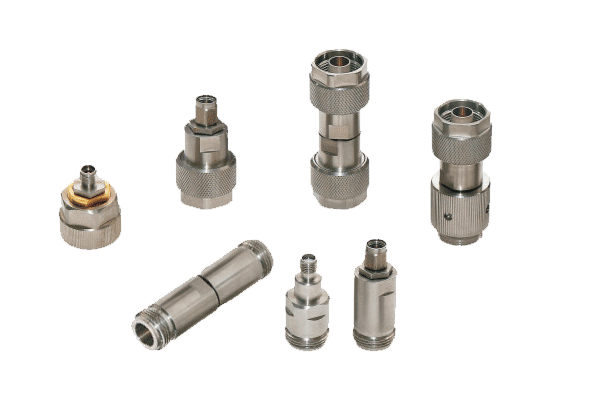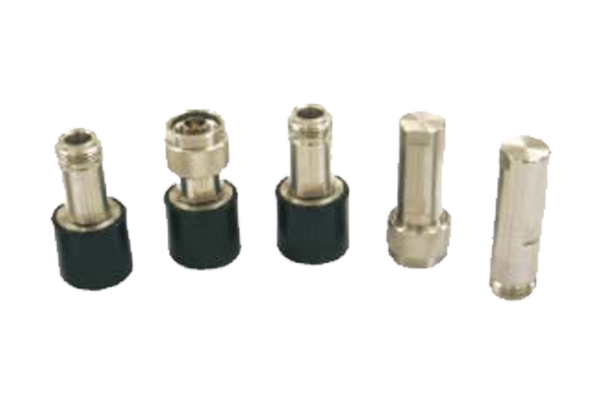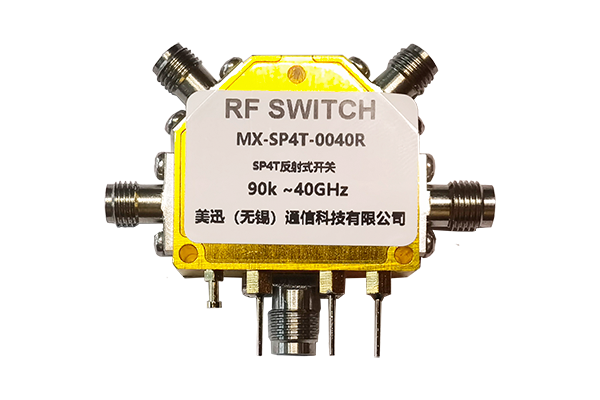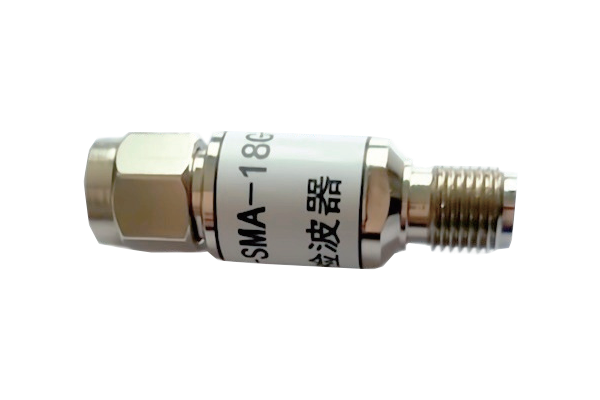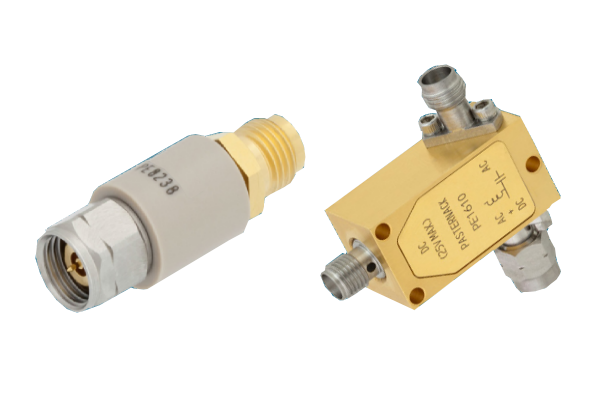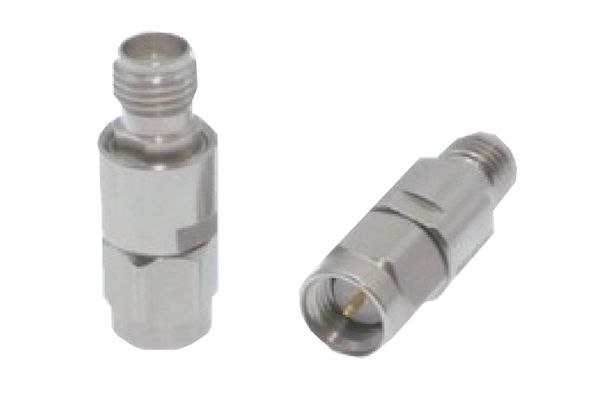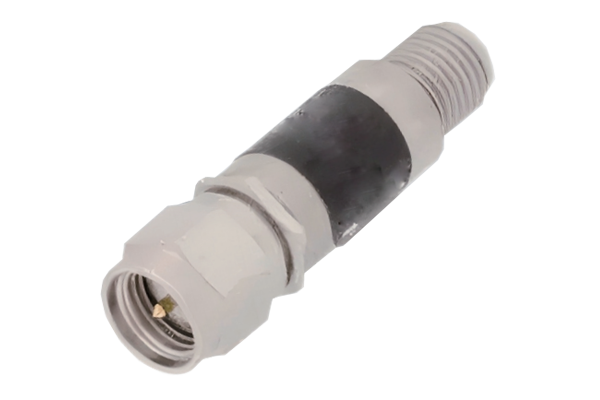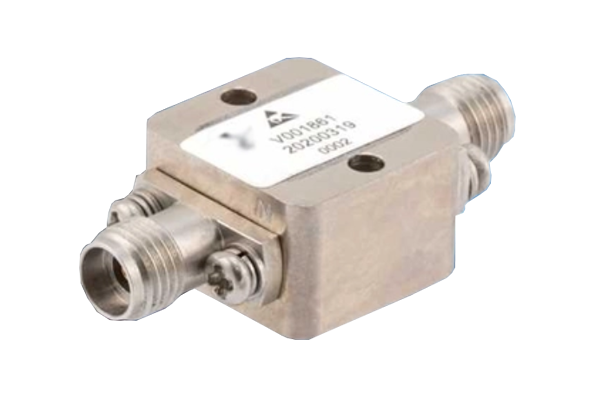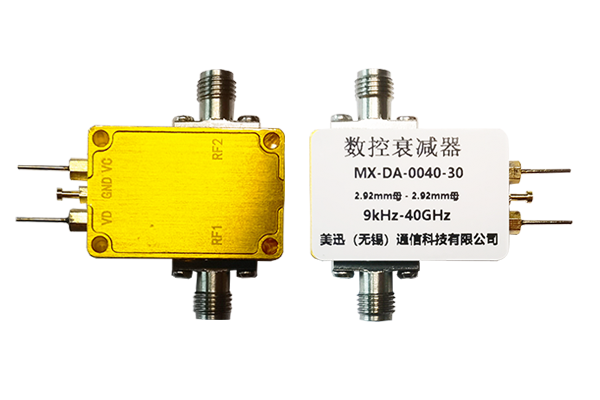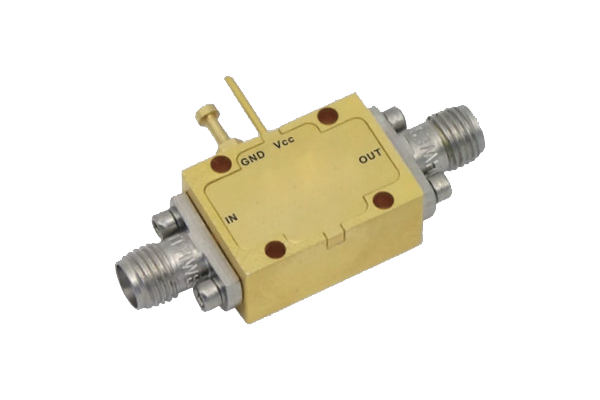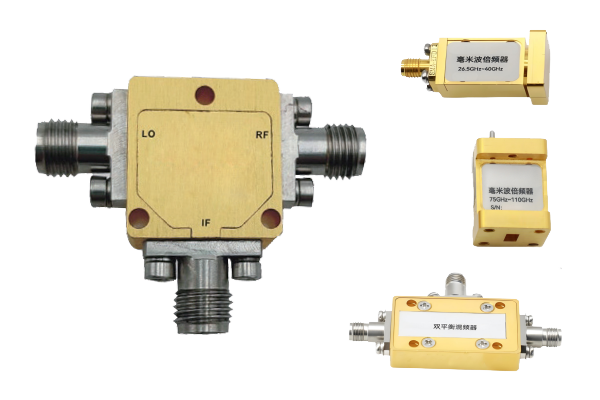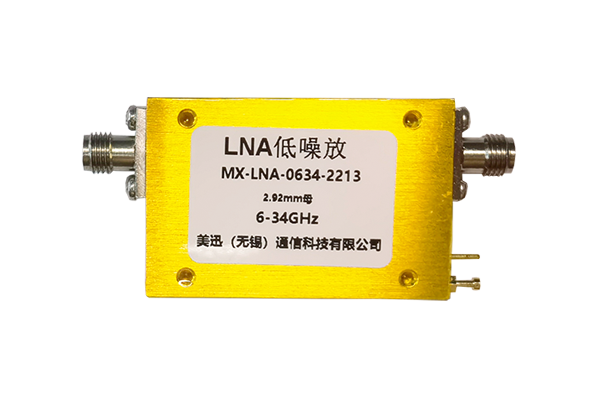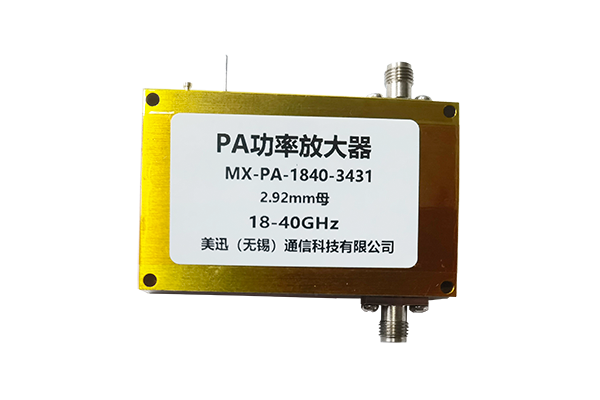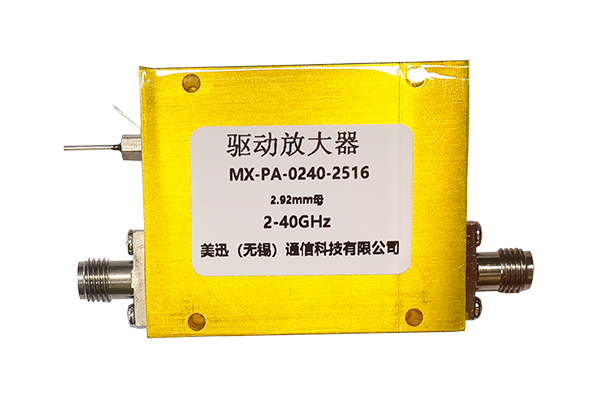Application of low-noise amplifier in astronomical observation
Radio astronomy observation: The radio signals received by radio telescopes from the depths of the universe are extremely weak, usually at the microwatt or even nanowatt level. LNA can amplify these weak signals to a detectable and processable level without introducing additional noise as much as possible. For example, in the observation of celestial bodies such as pulsars and galactic radio sources, LNA can amplify the signals received by the antenna thousands or even millions of times, allowing scientists to observe the characteristics of radio signals emitted by these celestial bodies more clearly, so as to study their physical properties and evolution processes.
Millimeter wave and submillimeter wave observation: In the millimeter wave and submillimeter wave bands, many celestial bodies in the universe emit unique radiation, such as interstellar molecular clouds, galaxy formation regions, etc. However, the signals in these bands are more susceptible to atmospheric absorption and noise. LNA has the characteristics of low noise and high gain, which can effectively amplify the signals in these bands and improve the sensitivity and resolution of observations. By observing millimeter-wave and submillimeter-wave signals, astronomers can understand important information such as the chemical composition of interstellar matter and the early stages of star formation.
Space astronomical observation: LNA is also one of the key components in space observation equipment such as space telescopes and satellites. Due to the particularity of the space environment, the performance requirements for LNA are more stringent, and it needs to have characteristics such as high reliability, low power consumption and radiation resistance. For example, in infrared astronomical satellites, LNA is used to amplify the signals received by infrared detectors to help astronomers observe infrared light sources in the universe, such as infrared radiation emitted by a large amount of dust produced during the evolution of galaxies, thereby revealing the formation and evolution history of galaxies.
In short, LNA is an indispensable device in astronomical observation. Its performance directly affects the accuracy and results of astronomical observations, and provides strong technical support for astronomers to explore the mysteries of the universe.




